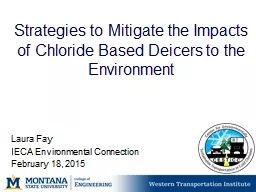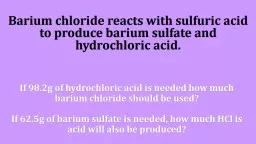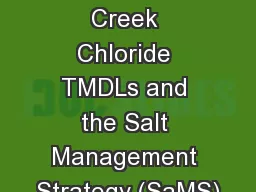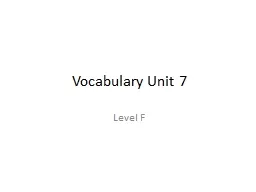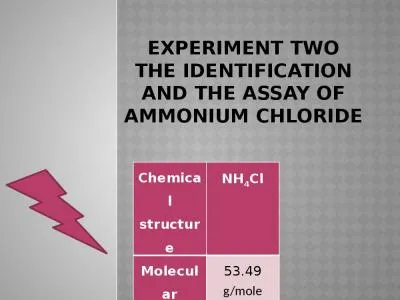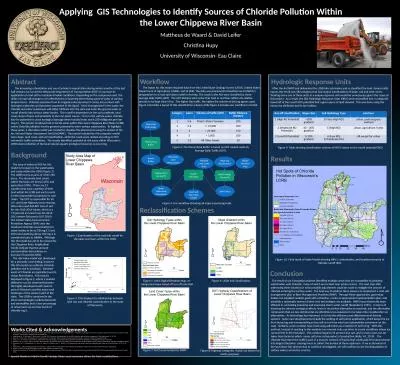PPT-Strategies to Mitigate the Impacts of Chloride Based Deicer
Author : sherrill-nordquist | Published Date : 2016-07-18
Laura Fay IECA Environmental Connection February 18 2015 This work is based on NCHRP Synthesis 449 Strategies to Mitigate the Impacts of Chloride Roadway Deicers
Presentation Embed Code
Download Presentation
Download Presentation The PPT/PDF document "Strategies to Mitigate the Impacts of Ch..." is the property of its rightful owner. Permission is granted to download and print the materials on this website for personal, non-commercial use only, and to display it on your personal computer provided you do not modify the materials and that you retain all copyright notices contained in the materials. By downloading content from our website, you accept the terms of this agreement.
Strategies to Mitigate the Impacts of Chloride Based Deicer: Transcript
Download Rules Of Document
"Strategies to Mitigate the Impacts of Chloride Based Deicer"The content belongs to its owner. You may download and print it for personal use, without modification, and keep all copyright notices. By downloading, you agree to these terms.
Related Documents

